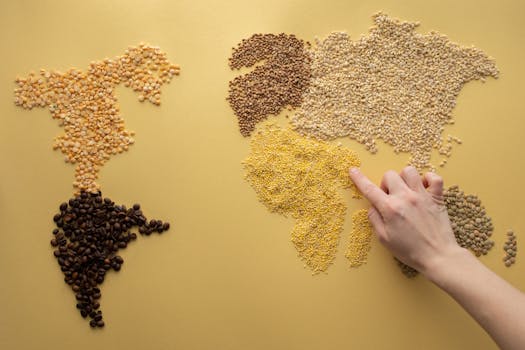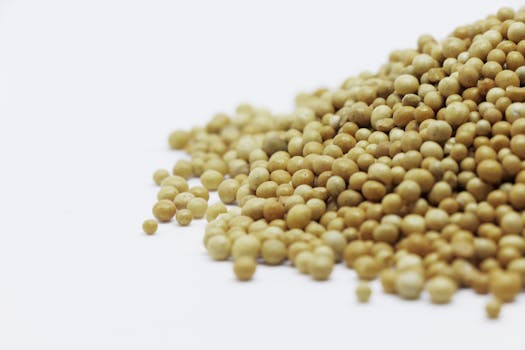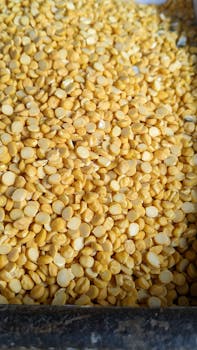Benefits
Protein Source
Digestive Health
Weight Management
Rich in Vitamins and Minerals
Versatile Cooking Ingredient
Get creative with dried black-eyed peas
Turning dried black-eyed peas into a spicy, smoky pea dip by blending them with garlic, smoked paprika, and olive oil for a unique and flavorful spread
Crafting a nutritious, veggie-packed black-eyed pea burger, using mashed peas as the base, mixed with breadcrumbs, spices, and diced vegetables, then pan-fried to perfection
Incorporating them into a rustic, hearty black-eyed pea and wild rice soup, simmered with vegetables and herbs, offering a comforting and satisfying meal
Creating a black-eyed pea hummus, blending the peas with tahini, lemon juice, and spices, serving as a creamy and delicious alternative to traditional hummus
Lastly, experimenting with black-eyed pea flour by grinding the peas into a fine powder, then using it to make gluten-free breads, pancakes, or as a thickening agent in soups and sauces, adding a nutritional boost and unique flavor to a variety of dishes
Something you can make with dried black-eyed peas
Origin
Dried black-eyed peas have been a staple in the cuisine of various cultures for centuries. The origin of black-eyed peas can be traced back to West Africa, specifically Nigeria and Senegal. They were brought to the Americas by African slaves during the transatlantic slave trade.\n\nBlack-eyed peas thrive in warm climates and were well-suited to the southern United States, where they became an essential part of Southern cuisine. They were also cultivated in other regions, such as the Caribbean, Brazil, and India.\n\nToday, dried black-eyed peas are widely consumed and appreciated in many parts of the world. They are used in a variety of dishes, including soups, stews, salads, and side dishes, and are known for their nutty flavor and creamy texture.


